Scientists from China have recently developed a small four-legged robot—modeled on a rat—that can perform multiple motions in narrow spaces.
Learn more (opens external site)
A post-doctoral researcher with the Advanced Science Research Center at the CUNY Graduate Center (CUNY ASRC) has made an important step toward understanding how complex mixtures of biomolecular building blocks form self-organized patterns.
Learn more (opens external site)
In a review recently published in the Chemical Engineering Journal, researchers discussed the preparation of superior graphene composite coatings using bioinspired techniques.
Learn more (opens external site)
Scientists from the Department of Energy’s Pacific Northwest National Laboratory (PNNL) and the University of Washington (UW) have been successful in engineering a nature-inspired molecule that can guide gold atoms to form faultless nanoscale stars.
Learn more (opens external site)
Researchers at MIT say they have developed a tiny sensor-carrying device that can be blown by the wind as it tumbles toward the ground, offering potential for wireless sensors that can monitor how temperature, humidity or other environmental conditions vary across large swaths of land, such as farms or forests.
To monitor and navigate real-world environments, machines and robots should be able to gather images and measurements under different background lighting conditions. In recent years, engineers worldwide have thus been trying to develop increasingly advanced sensors, which could be integrated within robots, surveillance systems, or other technologies […]
Gavin Kenneally, grew up inspired by Professor Full, who assisted him further during his undergraduate studies and connected him with his PhD advisor. After PhD, he co-founded Ghost Robotics where his team created robot dogs to patrol the U.S. border.
He describes: “What differentiates our technology is […]
Bioinspired Nanochannel Membranes for Blue Energy Generation
The adjustable manufacturing of diverse polymer composites with nanostructures for osmotic power generation, including homopolymer membranes, mix membranes, and Janus membranes, is discussed in a study available as a pre-proof in the journal Giant.
Learn more (opens external site)
Assistant Professor Wim van Rees and his team have developed simulations of self-propelled undulatory swimmers to better understand how fish-like deformable fins could improve propulsion in underwater devices.
Learn more (opens external site)
Learn about our two Decals!
 Click here to find out more about our Fall Bioinspired Design Decal and our Spring Bioinspired Design in Action Decal – ALL MAJORS are welcome.
Click here to find out more about our Fall Bioinspired Design Decal and our Spring Bioinspired Design in Action Decal – ALL MAJORS are welcome.Berkeley BioDesign Community
 Click here to learn about the BioD: Bio-Inspired Design @ Berkeley student organization or here to signup for more info.
Click here to learn about the BioD: Bio-Inspired Design @ Berkeley student organization or here to signup for more info.Search
Student Login

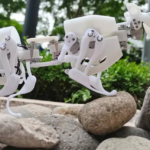

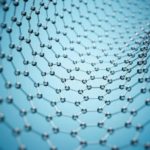
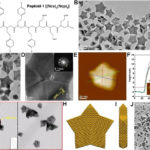
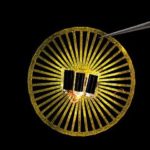
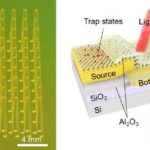

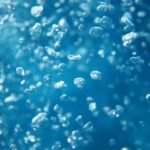


I imagine that the neurological circuits underlying these processes are governed by both 2d spacing maps with their brains as…
to reduce the impact of car accidents, it may be possible to study the force diverting physics of cockroaches to…
you see this type of head-bobbing stability in many avian creatures related to pigeons like chickens. the head ability to…
not like they taught horses how to run! this is an example of convergent evolution where both sea creatures and…
The brain functions in a similar way with neuronal connections. our brains are able to utilize the multiplicity of connections…